Autistic People: Persons or Projects by Judy Endow
Autistic people experience the world differently than non-autistic people experience the world. One reasons for this difference is the autistic sensory system is quite different from the neuro-majority, which is considered the norm. In addition, the autistic thinking style has differences from the neuro-majority norm.
Autistic Sensory and Thinking Differences
The autistic sensory system takes in information from the environment. This information can come in too big, too small, delayed or distorted. Autistic thinking style is often visual, concrete and many have a thinking-in-pictures style of their own. This means processing can happen visually rather than with words. The processing typically does not happen in real time, but can be delayed for moments or for days or longer. Information storage may not be category based, but instead arranged according to unique schemata. This may make the path of retrieval of stored information take longer.
Example: One time I was in a conference-planning meeting at a new venue. We had just returned from a tour, served ourselves refreshments and gathered at the conference table to discuss business. Out of the corner of my eye I saw a bug walking across my shirt. I snatched up that bug and held it out at arms length pinched between my index finger and thumb. A friend sitting next to me asked, “What’s the matter?” to which I replied, “Bug!” She snatched the bug out of my hand and dropped it on the floor.
In the meantime, which my arm still outstretched as if I was continuing to hold up the bug, my autistic brain was busy processing the bug information. My brain thinks visually. I have a visual bug category. It looks like an old fashioned Rolodex where we used to store names and phone numbers before society went digital. My bug storage Rolodex was automatically flipping through the pictures – one bug picture after another. I must say, I am an old lady – at least old enough to have accumulated lots of bug pictures! It takes a bit to flip through this size Rolodex, looking at each bug picture.
I did not tell my brain to do this, but it is simply the way my brain does business. My brain automatically goes for the match in order to label and thus sort an experience. I needed to look at every bug card in the Rolodex to come to the fact that the bug I picked off my shirt was not a bug at all – it was a peanut skin! I must have dropped the peanut skin onto my shirt when I was eating the peanuts on the refreshment table!
Resulting Behavior
All of these many sensory and thinking differences often mean that the autistic person will exhibit behaviors that people around them find unusual simply because they do not share the experience of an autistic brain. These behaviors are not right or wrong. Instead they are what naturally flow out of an autistic brain based. As such, the behaviors do not need to be changed if they are not hurting anyone. Instead, the target of change for behavior that is merely different is not the person exhibiting the behavior, but those around him so they might understand the behavior.
In the above example my holding up the “bug” while waiting for my brain to process the information did not need to change. Instead, people around me needed to be educated in why I was doing what I was doing. What actually happened is that most people ignored me and went on with their meeting. The friend sitting next me did what she thought might be helpful – taking the invisible “bug” and flicking it on the floor.
Societal Response
In situations such as this where an autistic person’s behavior is unexpected people generally try to be helpful. Generally people assume the most helpful thing is to make the autistic act normal so they will better fit into society. I am here to tell you while I understand this may be helpful to you, the non-autistic, it is not always helpful to the autistic.
In fact, it is hurtful and disrespectful that we are expected to mask our very being in order to be allowed a place in the world. I think the target of change for autistic behavior that is not hurting anyone or anything should be non-autistic people.
Person or Project?
If non-autistic people understood autistic behavior as a natural, reasonable response to the working of an autistic brain it would allow them to have a different response. Right now most people respond to unexpected autistic behavior with the assumption that it is wrong behavior and thus needs to be fixed. When this is the case the autistic becomes a project to be worked on – someone who needs instruction or punishment (depending upon your persuasion) so they can be made to look normal. The underlying assumption is that it is best to look normal. Nobody seems to consider the damage this does over time to autistic people. Thus, it has come to be that most of society views autistics as projects to be worked on so they might change.
I am hopeful that as people come to understand the autistic brain has many differences with the resulting behaviors. This blog is addressing most autistic behavior – the behavior that is not hurtful or harmful – the different behavior. (Occasional autistic behavior is harmful in that it hurts somebody or seriously damages property. This blog is not addressing this category of behavior.)
I am giving neuro-majority people a pass – you all no longer need to take on correcting our naturally autistic behavior! Instead, approach it with kindness.
Know we are responding naturally in light of our autistic brain. Just like you do not owe us an explanation of your everyday behaviors, so is it that we do not owe you an explanation of our everyday behaviors. Some of us can explain our behavior at times and others cannot. Some of us want to explain our behavior (and have differing levels of access over time to do so) and some of us don’t. Please be respectful and patient.
Also know that because you are the majority you get to bestow upon us the status of “person” or “project.” Unfortunately, even though autistics have long ago decided they are people and not projects, it does not change society’s view. Only the neuro-majority has that power to change societal view of autistics from “projects” to human beings. Ultimately, we welcome you to view us as fellow human beings rather than projects to be continually worked on. This will be more fun and more rewarding for all of us!
BOOKS AND DVD BY JUDY ENDOW
Endow, J. (2012). Learning the Hidden Curriculum: The Odyssey of One Autistic Adult. Shawnee Mission, KS: AAPC Publishing.
Endow, J. (2006). Making Lemonade: Hints for Autism’s Helpers. Cambridge, WI: CBR Press.
Endow, J. (2013). Painted Words: Aspects of Autism Translated. Cambridge, WI: CBR Press.
Endow, J. (2009). Paper Words: Discovering and Living With My Autism. Shawnee Mission, KS: AAPC Publishing.
Endow, J. (2009). The Power of Words: How we think about people with autism spectrum disorders matters! Shawnee Mission, KS: AAPC Publishing.
Endow, J. (2009). Outsmarting Explosive Behavior: A Visual System of Support and Intervention for Individuals With Autism Spectrum Disorders. Shawnee Mission, KS: AAPC Publishing.
Endow, J. (2010). Practical Solutions for Stabilizing Students With Classic Autism to Be Ready to Learn: Getting to Go. Shawnee Mission, KS: AAPC Publishing.
Myles, B. S., Endow, J., & Mayfield, M. (2013). The Hidden Curriculum of Getting and Keeping a Job: Navigating the Social Landscape of Employment. Shawnee Mission, KS: AAPC Publishing.

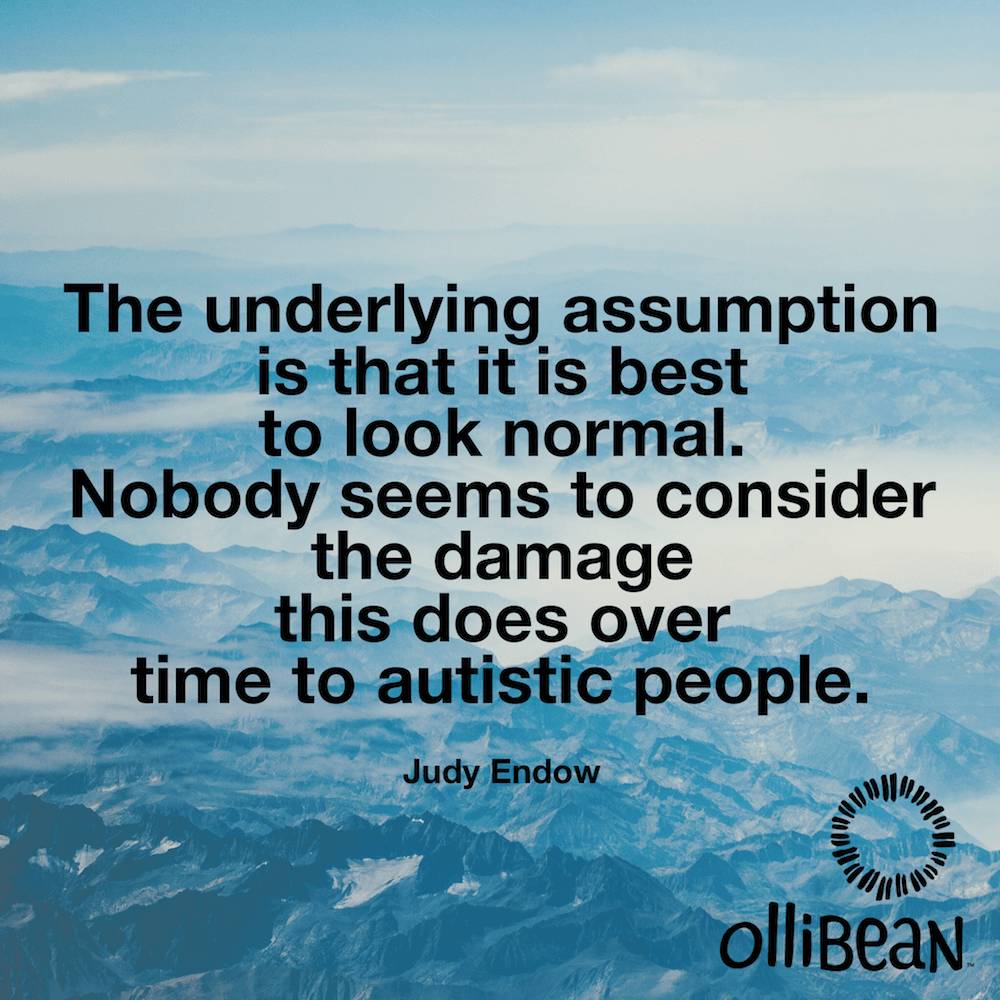
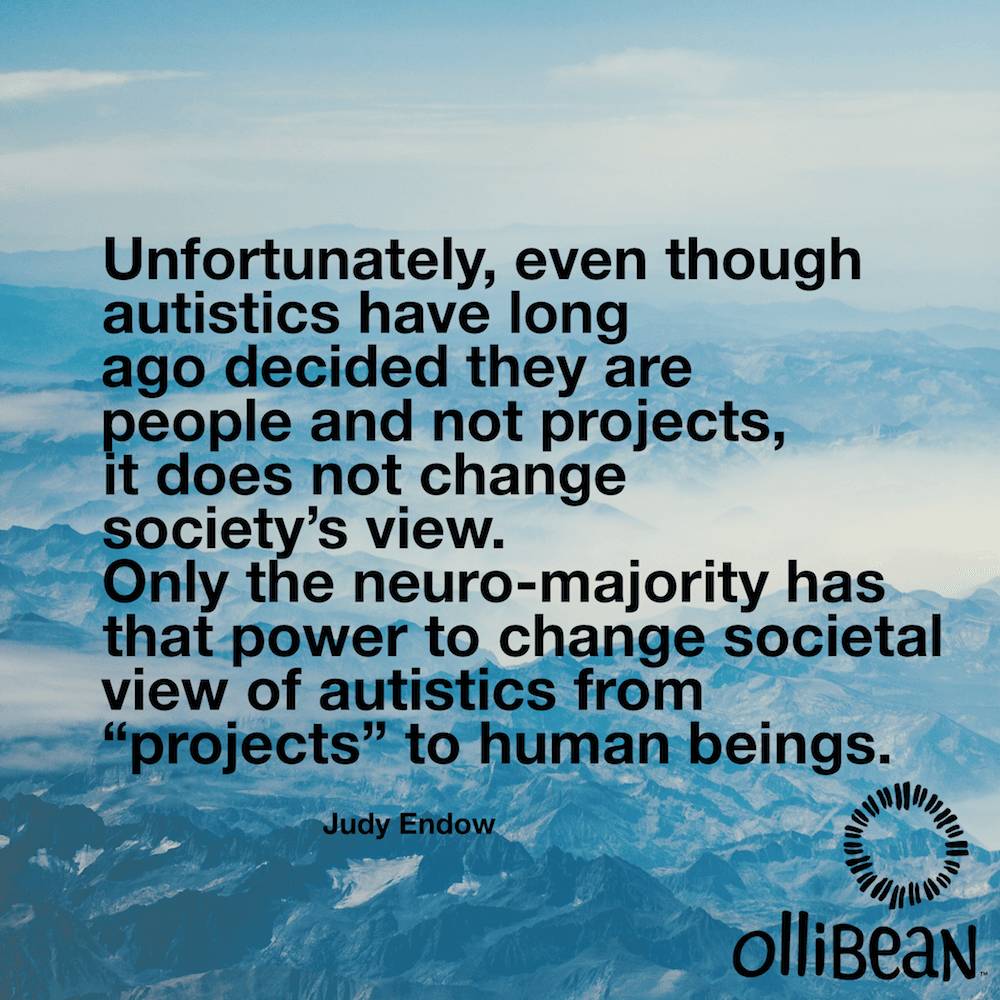

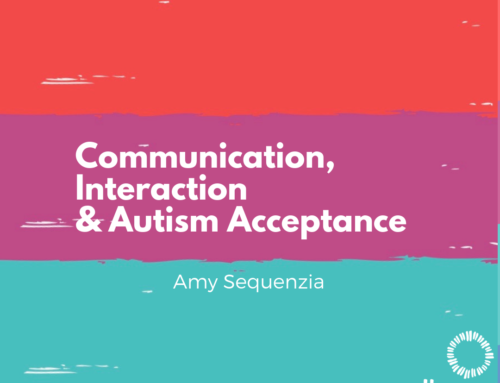
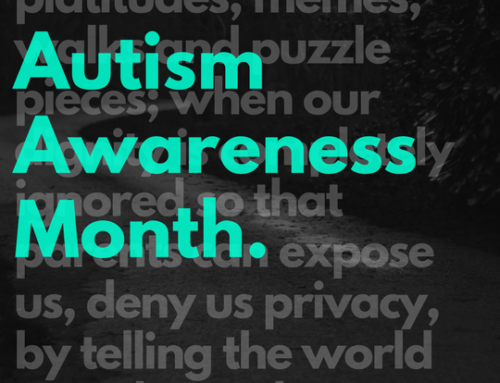

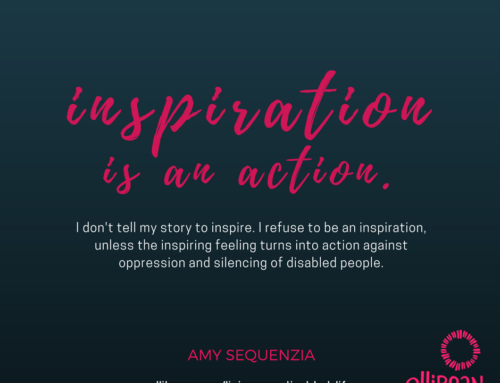
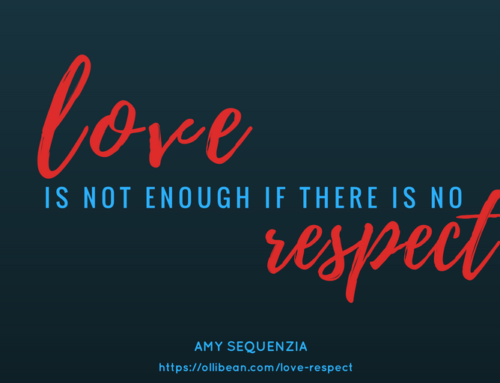
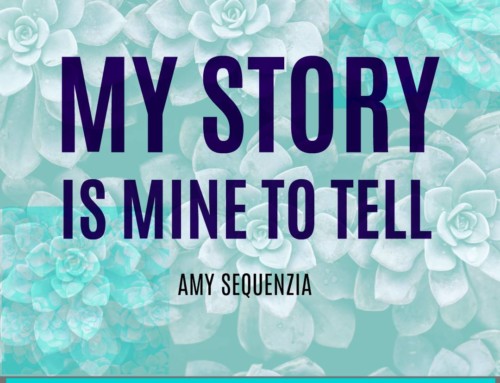
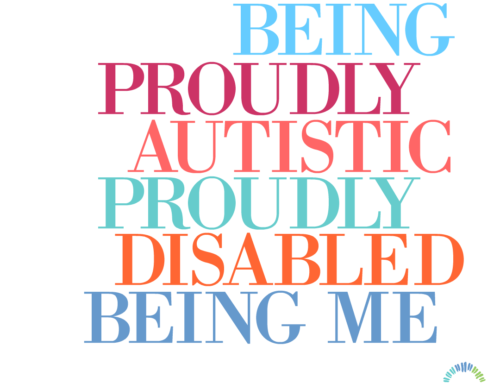
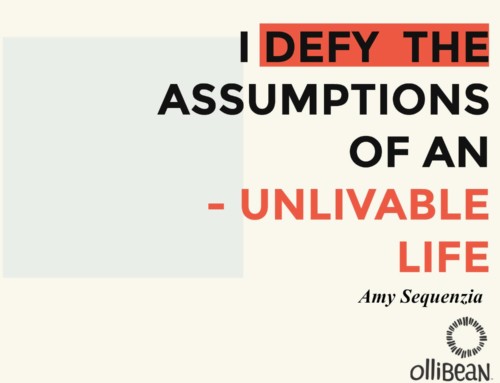
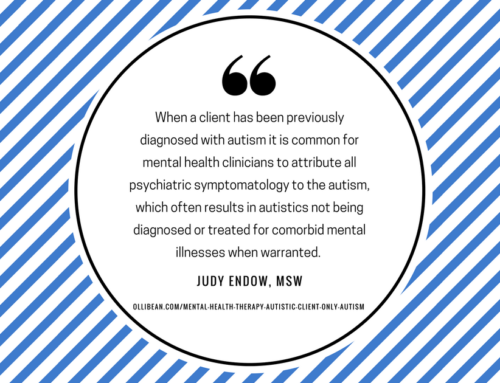


Leave A Comment